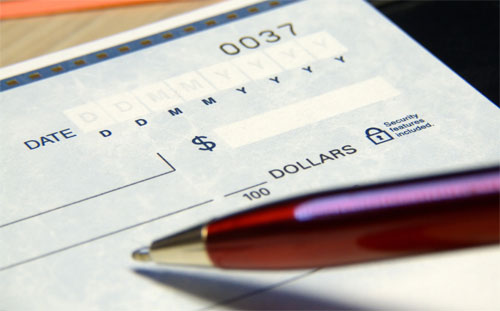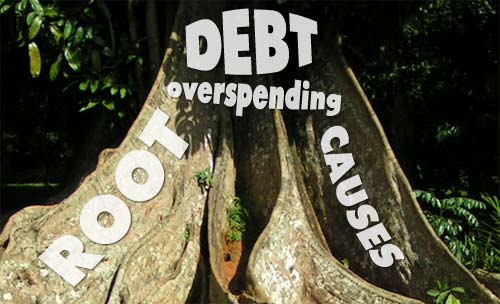One of the realities of attending college right now is that it costs quite a bit. Most students need to borrow money in order to pay for the rising tuition costs. It's not just tuition, either. There are costs associated with housing, food, student fees, and books.
With the cost of college rising, student loans are more and more prominent. However, not all student loans are the same. You generally have two different options when it comes to student loans: federal and private.
Federal Student Loans
 You can borrow money directly from the federal government to help you pay for school. Direct Loans provide you with low-interest loans to qualifying schools. You might receive one of two types of loans:
You can borrow money directly from the federal government to help you pay for school. Direct Loans provide you with low-interest loans to qualifying schools. You might receive one of two types of loans:
- Subsidized: If you meet the income requirements, you might qualify for a subsidized loan. With this type of loan, your interest is paid on your behalf while you are in school. You don't start paying interest until you are done with school and you start making payments on your loan.
- Unsubsidized: You might qualify for a federal student loan, but make too much to be considered for a subsidized loan. In these cases, you have an unsubsidized loan. You are charged interest as soon as the loan is issued. You can choose to pay the interest while you attend school (but you don't have to make principal payments), or you can choose to defer paying interest. The interest is still charged, and added to the loan total, but you can wait to pay it.
Federal student loans generally have competitive interest rates. The payment terms are usually easier as well. When you are finished, you can participate in a program that bases your payment on your income level, and there are other programs that can ease the burden of paying off your student loan debt.
Private Student Loans
Some students find that they don't have enough from federal aid to cover the cost of an education. In order to close that funding gap, they turn to private student loans. Some private lenders will allow you to wait to begin repaying your loan until after you graduate, but some require payments sooner.
Additionally, private student loans often have higher interest rates than federal loans. Private loans also don't come with the same pay off programs. You have to work something out with your lender in a way that works for the lender, similarly to how you would handle any other loan.
Interestingly, P2P lending is becoming an increasingly popular choice for school loans. There are web sites like Tuition U that match up students with lenders, and in some cases students are finding that even more traditional P2P sites can help close the college funding gap.
It is best to try for scholarships and grants, and save up money with a 529 Plan, before deciding to borrow for college. After all, borrowing — no matter where you get the money — means that you have to pay interest as well, and that can be quite expensive over time.


